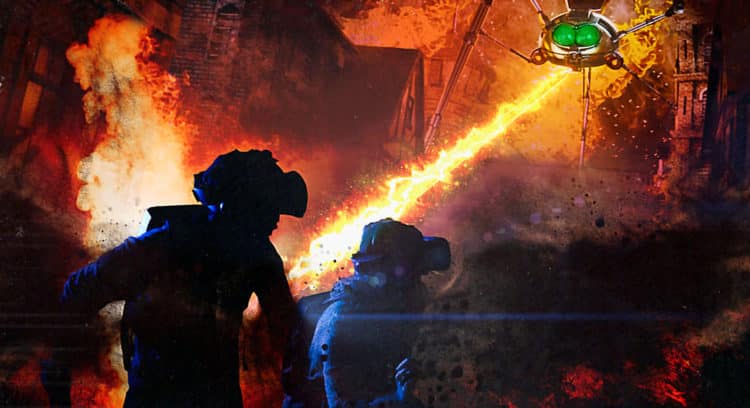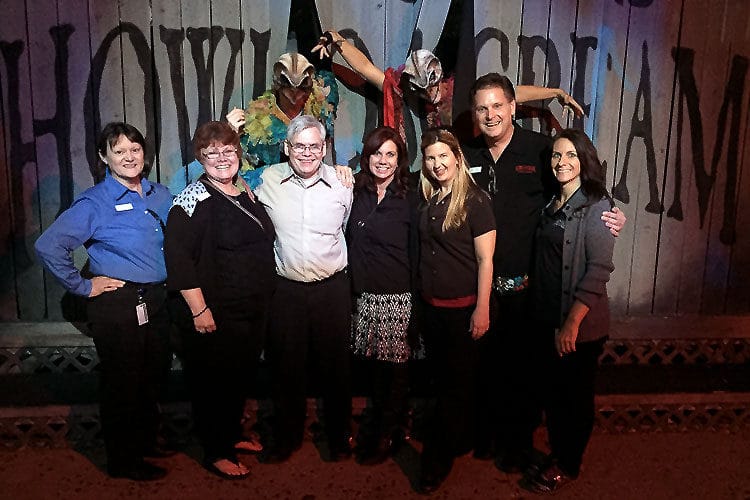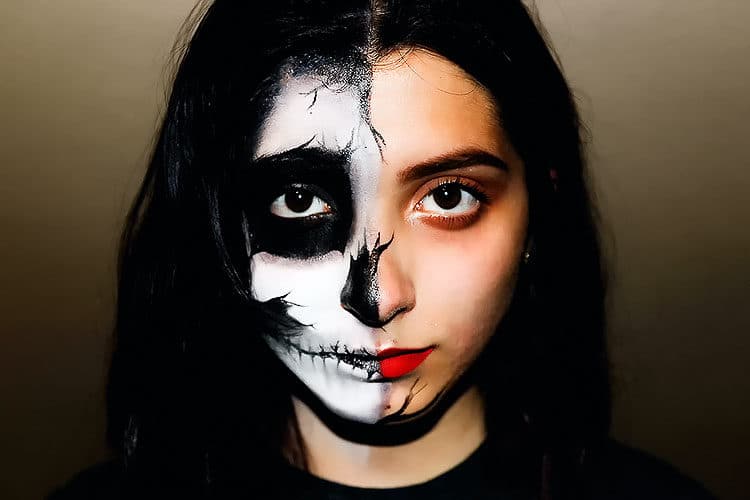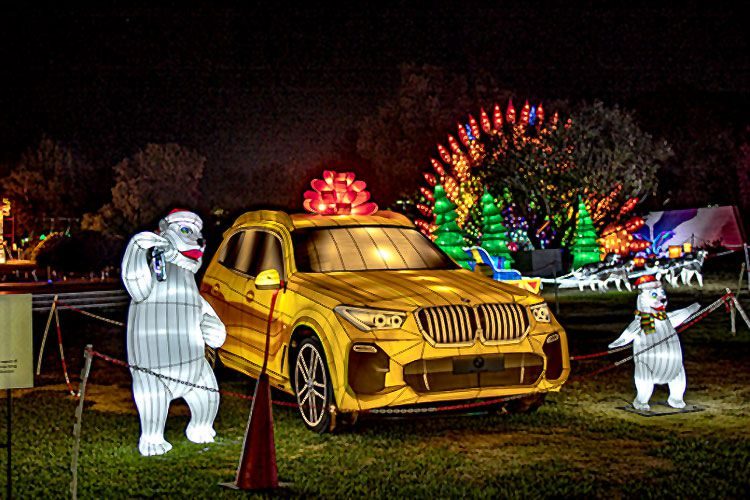The War of the Worlds: The Immersive Experience Merges the Physical and Virtual to Push the Boundaries of the Multimedia
Technology is changing what’s possible in the attractions industry, and the top three trends are virtual reality (VR), augmented reality (AR), and interactivity/personalization.
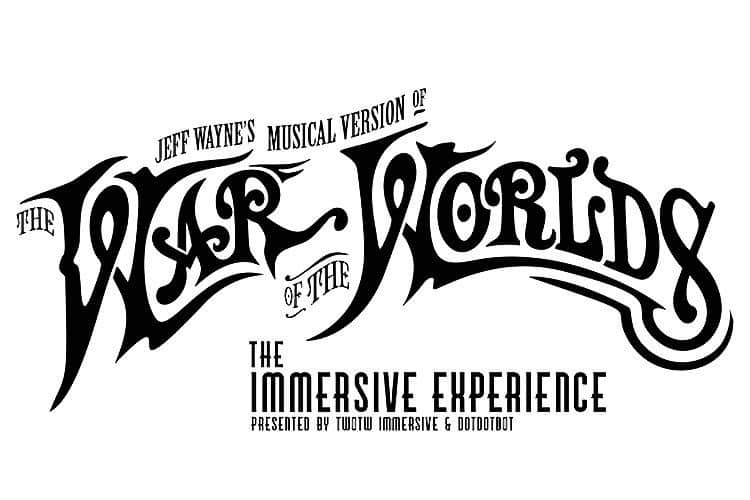
Virtual Reality
Location-based VR was a billion-dollar business in 2018, driven by novel and new uses such as VR mazes and risk-free extreme sports. Disney and Universal filed patents for VR applications such as floors that allow for endless walking, a jacket that confers physical sensations to the wearer, and in-ride VR gameplay [1].
Augmented Reality
There are predictions that Apple’s ARKit will bring this technology into the mainstream, which will spill over into applications in themed entertainment. [1] The ARKit combines device motion tracking, camera-scene capture, advanced-scene processing, and display conveniences to simplify the building of an AR experience. These technologies can create many kinds of AR experiences using either the back camera or front camera of an iOS device. [2]
Interactivity/Personalization
Personalization technology made it into the mainstream through Netflix’s interactive film Black Mirror: Bandersnatch, which allows viewers to choose alternative narratives during the movie. In the location-based attractions world, several media-based theme parks enable guests to have a different experience each time they ride. Evermore Park (which opened in 2018), a fantasy role-play theme park, offers live-action role-playing. At Evermore Park, art effects, theatrical performance, costuming, and technology serve to immerse guests (or adventurers) in the experience.
Technology and Immersion Shape Guest Expectations
The adoption and evolution of technology at attractions is contributing to the increasing level of immersion offered to guests. Immersive experiences in 2019 are becoming more inclusionary of a variety of disciplines including technology, various artistic media, theater, education, and entertainment. Immersion, in this context, means stimulating all the guest’s senses within the narrative. The guest so completely enters the environment of the narrative that there’s nowhere they can look and not be in the story. The War of the Worlds Experience in London is an example of technology allowing for a multisensory, immersive experience.
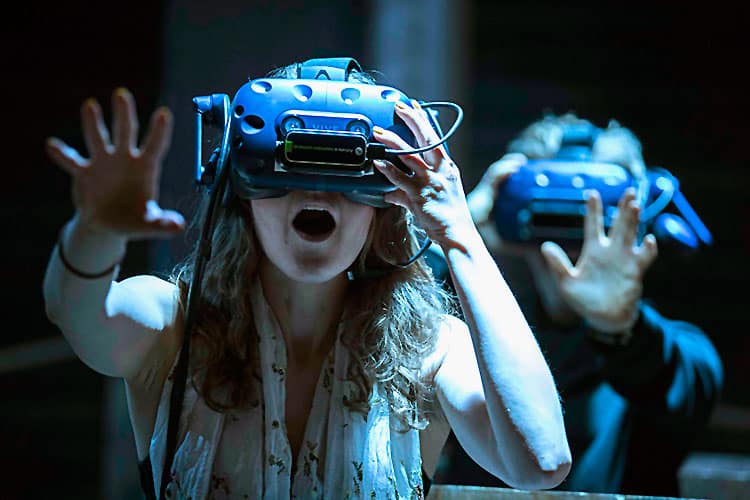
War of the Worlds—a Virtual-reality Musical
War of the Worlds is, in a phrase, a VR musical. This production takes guests on a walk-through journey that incorporates a classic soundtrack, live theater, virtual reality, and volumetric holograms to create a multisensory experience. It blurs the boundaries among different media and raises the stakes for what guests will come to expect from a location-based attraction.
“Travel back in time to H.G. Wells’ Victorian England and be part of the Martian invasion of 1898…” This invitation is the introduction to Jeff Wayne’s Musical Version of The War of the Worlds: The Immersive Experience, which opened on May 31, 2019, in London, UK. This production is presented by TWOTW Immersive and DotDotDot.
What’s uniquely innovative about this production is it’s based on Jeff Wayne’s best-selling double album of H.G. Wells’ classic novel, War of the Worlds. The album was released in the UK in 1978 and remains a best-seller worldwide. The live production represents the progression: classic novel to a 2D audio experience (the music in the album) and then to a 4D experience. The multisensory, 4D adventure is accomplished via a new iteration of virtual reality (VR) called volumetric video, which will be discussed later in this article.
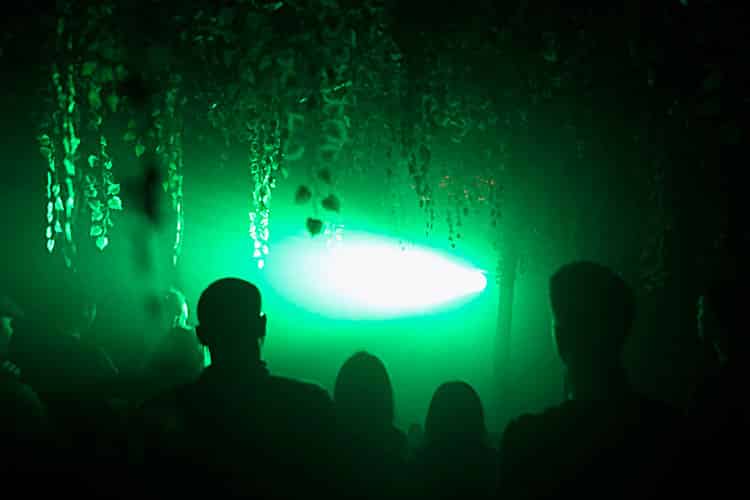
The Journey Itself
In the live production of The War of the Worlds, audiences participate in the Martian invasion of 1898, which takes place in a physical and virtual environment. Live and virtual actors lead groups of up to 12 guests into the heart of the story. When guests enter the 22,000-square-foot, multi-level site (at London’s Old Metal Exchange), they meet George and Carrie in hologram form and travel back into George’s memories. Arriving at the Observatory, guests walk in the shoes of Head Astronomer Professor Ogilvy on a dazzling tour of the Royal Observatory to experience the magic of constellations and planets. They also notice a peculiar object in the night sky that seems to be heading straight for Earth.
Next, on Horsell Common, there hangs a misty chill and the aroma of freshly cut grass, and guests encounter a silver cylinder from which emerges slithering, animatronic tentacles as the powerful baseline of Jeff Wayne’s iconic soundtrack kicks in.
Then comes the deadly, pyrotechnic, Martian Heat Ray, and guests are surrounded by everything from the scent of burning flesh to writhing burned bodies. George Herbert’s House is considered the “horror room” of the experience, and it isn’t for the faint of heart. Audience members break into this house and enjoy tea and biscuits before being plunged into complete darkness as the Martians get ever closer. The scene climaxes in a terrifying flash of strobe lighting and ambisonic-surround audio that heralds the first—but not the last—interaction with the Martians.
Without a moment to take a breath, guests battle their way through war-zone England and then travel through large-scale, social VR environments as they try to reach London.
The Forever Autumn sequence completes the first half of War of the Worlds, which ends with a climactic naval battle. Guests climb into boats with motion simulators and, as they try to flee the attacking Martians, there’s the sensation of being on the water and buffeted by a chilly wind as they escape down the River Thames.
In the final scene of the show, guests board hot-air balloons and soar over England via virtual reality, which recreates the sensations of flight and movement. Smoke billows around the balloons, and guests feel the wind on their faces. There’s one more surprise before the end as the final song of Wayne’s album envelopes the escapees.
Although guests don’t exercise agency in this experience (i.e., they lack choice and don’t play a role in designing the narrative), the merging of multisensory technology is a step forward for experiences such as this. Guests move physically through the story while participating via virtual and augmented reality. The adventure incorporates smell, tactile sensation, sound, and taste (i.e., walking across chilly and misty Horsell Common and sharing tea and biscuits in George Herbert’s House). During intermission, guests enjoy themed beverages at the Red Weed Bar as the atmospheric music of Jeff Wayne’s album fills the air.
“We spent a while looking at how we write a story that gets the best of Jeff’s Musical Version and of the H.G. Wells novel,” said Jack Pirie, the shows writer/director. “We wanted to put people in the heart of the story to feel the fear, feel the excitement, and feel the trepidation, so we had to figure out what kind of technology we could use that allowed guests to feel like the hero of their own adventure.”
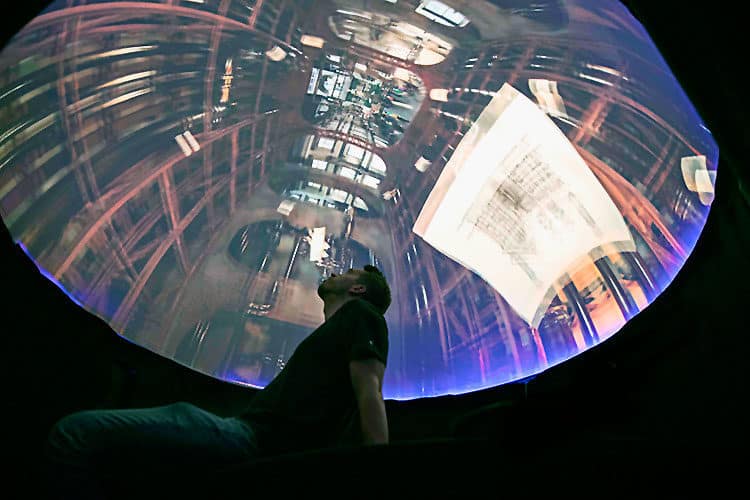
Volumetric Video Enhances the Sense of Guest’s Presence in the Story
This production uses volumetric video—also known as 4D virtual reality, a technology that records people and events in a hyper-realistic way. Volumetric videos differ from 3D videos—so-called 360 or spherical video—in that they use cameras that capture depth and motion. Volumetric VP can follow where a user is in 3D space. With spherical video, users can’t see around objects in the way they can with volumetric—an aspect that’s crucial for creating the “reality” in virtual reality. The result is that, instead of the participant feeling like they’re in a fishbowl watching what’s going on around them, they feel present in the VR environment. This creates more of an emotional connection with what’s going on in that environment because the participant “feels” the environment rather than observes it. The volumetric-captured actors and scenes in War of the Worlds allow each guest in a group to have a different experience.

Expanding the Immersive Experience Presence in Europe
According to the 2019 publication, Interactive, Intimate, Experiential: The Impact of Immersive Design, in 2018, 84.3% of immersive experiences in 2018 were based in the U.S., and only 2.0% were in the United Kingdom. Just under 4% of global immersive experiences were in France, and the Netherlands and Italy each had 2.0%. [3] With the opening of the War of the Worlds, immersive experiences have expanded their footprint in Europe.
War of the Worlds takes place over 110 minutes, with a 20-minute intermission in the Red Weed Bar. The performance takes place at 56 Leadenhall Street, London, EC3A 2BJ. War of the Worlds has a 12+ age restriction.
Tickets start at £49.50 and are available at www.dotdot.london/TWOTW.
Key takeaways:
- Technology is changing what’s possible in the attractions industry, and the top three trends are virtual reality (VR), augmented reality (AR), and interactivity/personalization.
- Immersion, in this context, means stimulating all the guest’s senses within the narrative. The guest so completely enters the environment of the narrative that there’s nowhere they can look and not be in the story.
- War of the Worlds is, in a phrase, a VR musical. This production takes guests on a walk-through journey that incorporates a classic soundtrack, live theater, virtual reality, and volumetric holograms to create a multisensory experience.
- Although guests don’t exercise agency in this experience (i.e., they lack choice and don’t play a role in designing the narrative), the merging of multisensory technology is a step forward for experiences such as this. Guests move physically through the story while participating via virtual and augmented reality.
- With spherical video, users can’t see around objects in the way they can with volumetric—an aspect that’s crucial for creating the “reality” in virtual reality.
- War of the Worlds: The Immersive Experience expands immersive experiences in the global market, which is dominated by the US.
References:
- “6 attraction technology trends for 2019: voice activation, bots and AI,” blooloop.com, January 14, 2019. https://blooloop.com/features/attraction-technology-trends-2019/
- https://developer.apple.com/documentation/arkit
- Interactive, Intimate, Experiential: The Impact of Immersive Design. 2019 Immersion Design Industry Annual Report. https://immersivedesignsummit.com/2019industryreport.pdf
